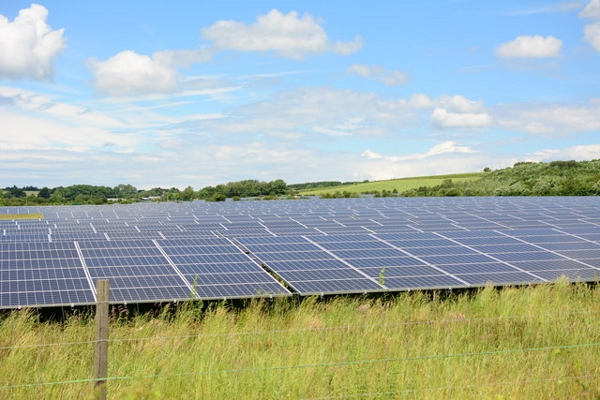
Thanks to solar energy, we can utilize the decillion joules of energy available from the sun to power appliances and entire communities. In addition, solar technology's advancements are becoming much more efficient in harvesting and storing solar energies. Today, we have four technologies that power many facilities across the world.
Photovoltaic systems use solar cells. These are your typical solar energy panels that dependable roofers in Littleton, CO, install above roofs. Thin-film solar panels are lightweight and easy to install over any residence. Plus, it can save you hundreds from your utility bills.
Solar water heating has become a full-fledged technology imitating the sun's ocean surface heating. Solar water heating heats the water passing through the solar-heated tubes. In doing so, it efficiently uses the sun's energy to produce warm water for showers and other essential uses.
Parabolic-trough systems focus sunlight on oil pipelines. Then, the heated oil heats water in a container above. This process produces steam inside the container's collection cavities. In doing so, the steam generates electricity in the process.
Other solar power plants include dish/engines and power tower systems.
Solar Reviews has an exciting list of new solar panel technologies that will revolutionize the existing systems. Read more about it below.
Silicon panels are becoming cheaper and more efficient day-by-day. According to experts, if photovoltaic panels are placed on reservoirs and other water bodies, they offer even greater efficiency as well as a plethora of other benefits.
“Floatovoltaics” are photovoltaic solar power systems created for floating on reservoirs, dams, and other water bodies.
Floating solar farms can generate huge amounts of electricity without using valuable land or real estate. The installation costs of floating photovoltaic panels are less than land-based photovoltaic panels. Also, research showed that the power production of floating solar panels is greater by up to 10% due to the cooling effect of water.
Besides producing clean solar power, floating solar farms can help with water management. They reduce the loss of water to evaporation as they limit air circulation and block sunlight from the surface of the water. Also, floating solar farms prevent noxious algae production, lowering water treatment costs. Furthermore, the water beneath keeps solar panels clean and minimizes energy waste.
In 2008, the first commercial 175 kWh floating panel system was installed in California at the Far Niente winery in Napa Valley.
Building-integrated photovoltaics, as the name suggests, seamlessly blend into building architecture in the form of roofs, canopies, curtain walls, facades, and skylight systems. Unlike traditional solar PV panels, BIPV can be aesthetically appealing rather than a compromise to a building’s design.l
Of course, aesthetics alone is not enough for solar buyers; economics matters too. The good news is that the BIPV solar panel systems enable homeowners to save on building materials and electric power costs. By substituting BIPV for standard building materials, you can cut down on the additional cost of solar panel mounting systems.
BIPV technology, when used on the building's facades, atrium, terrace floor, and canopies, provides the following benefits:
· Increased energy efficiency
· High thermal and sound insulation
· Clean and free power output from the sun
· Decreased O&M costs
· Zero carbon footprint (Continued)
If you have yet to find a dependable solar roofing team, you can always count on us at Roper Roofing and Solar. Contact us today to learn more about everything that we can do for you.